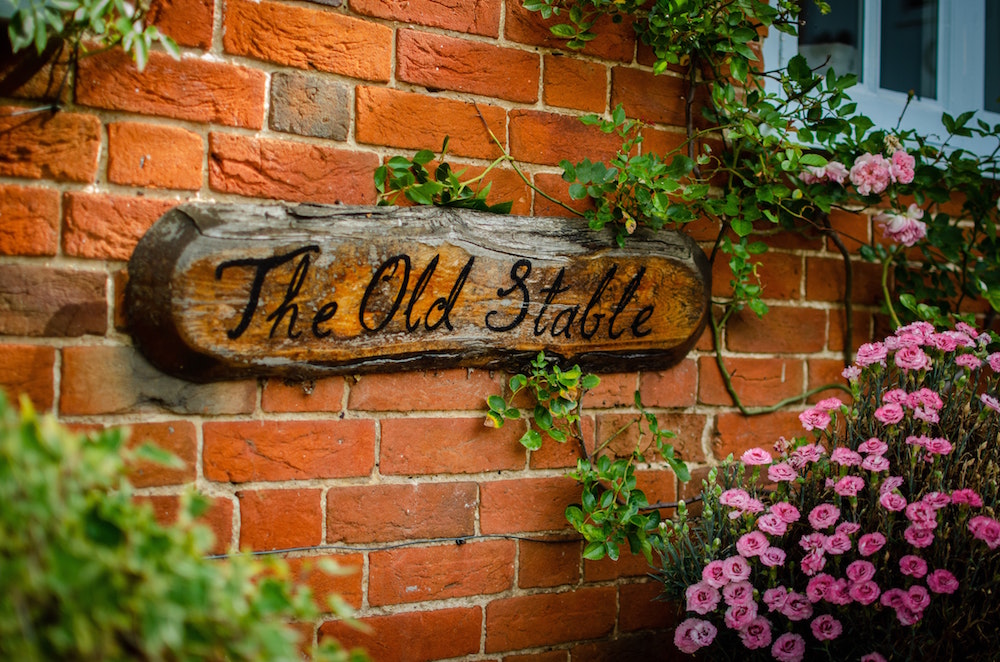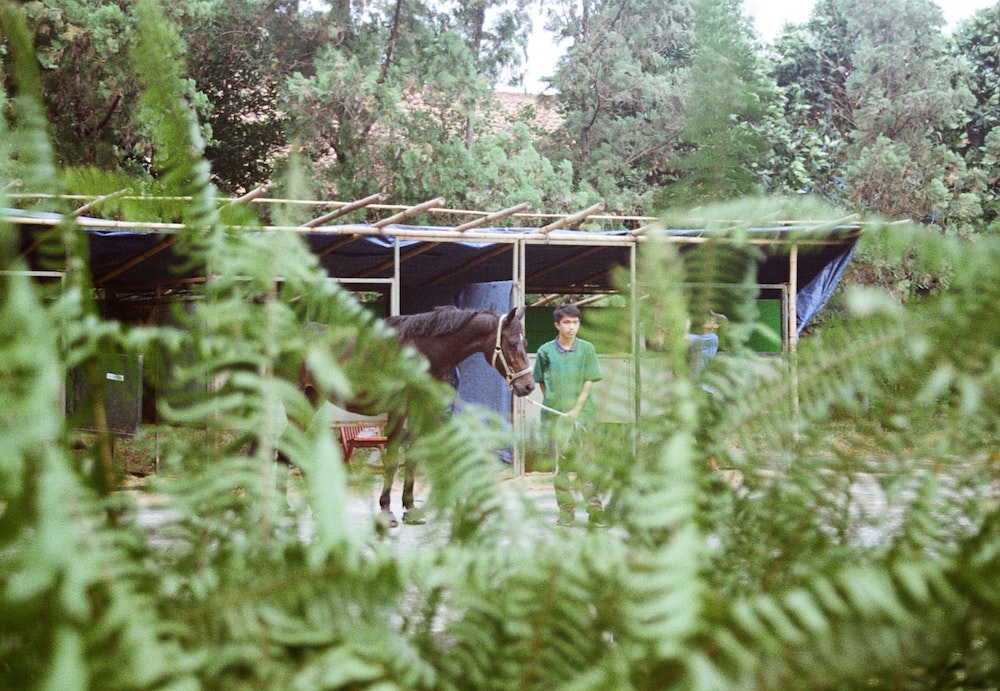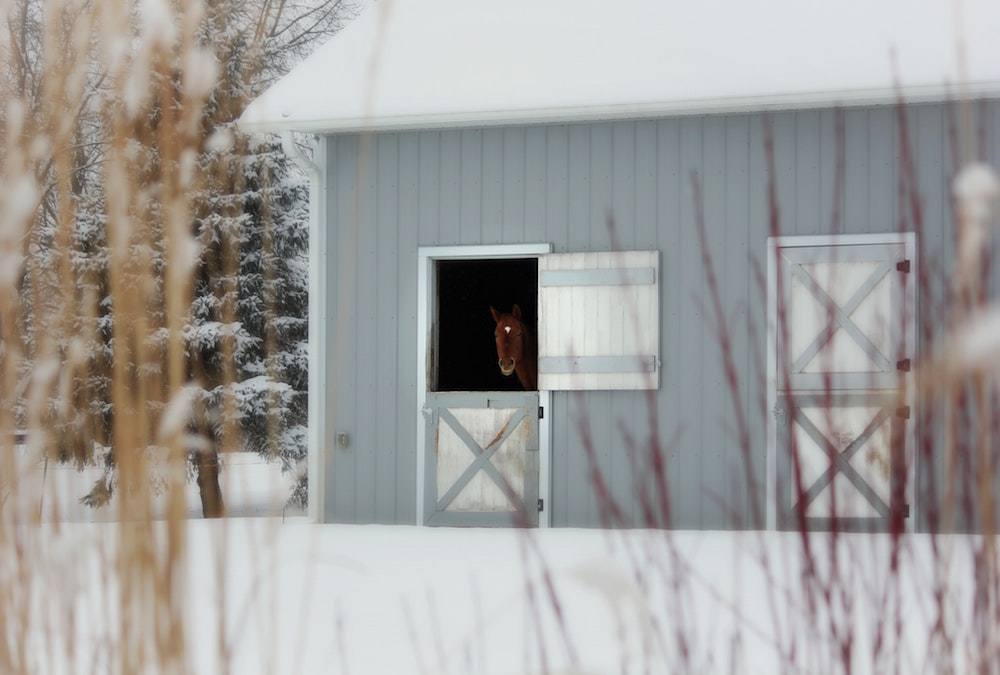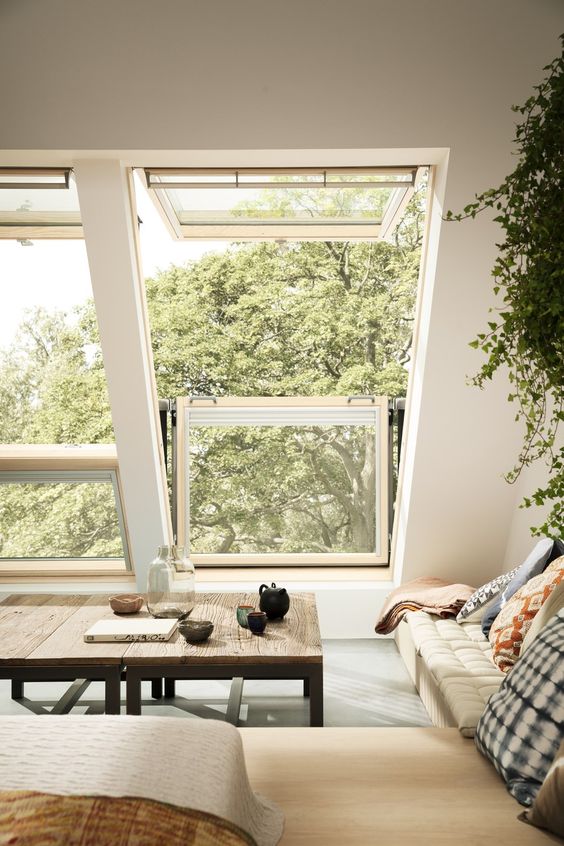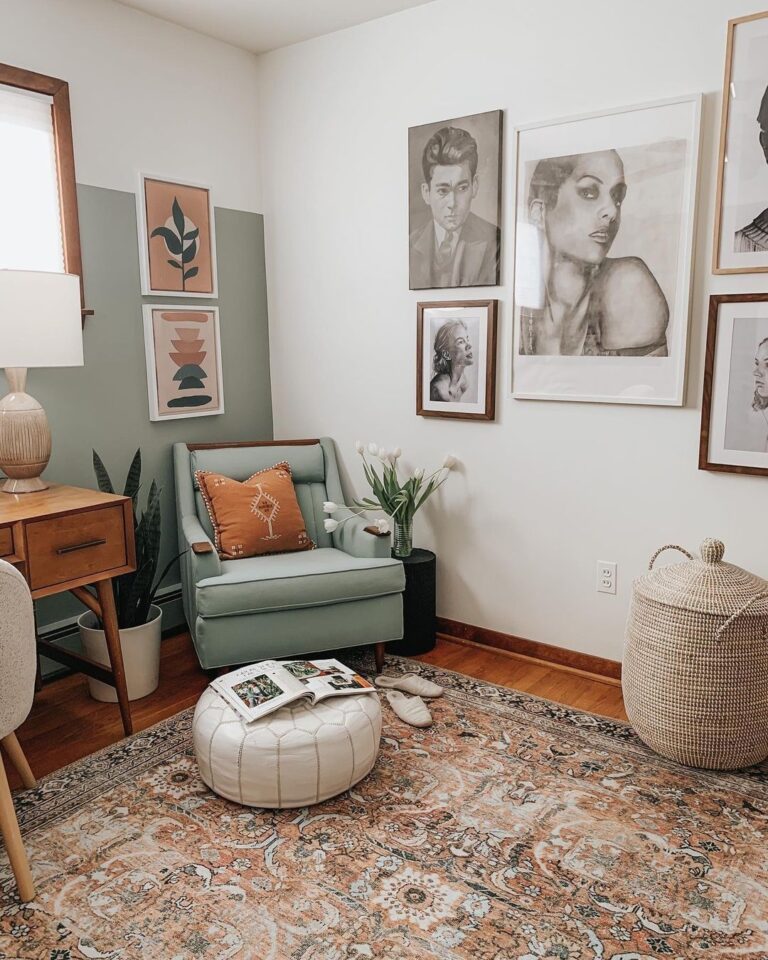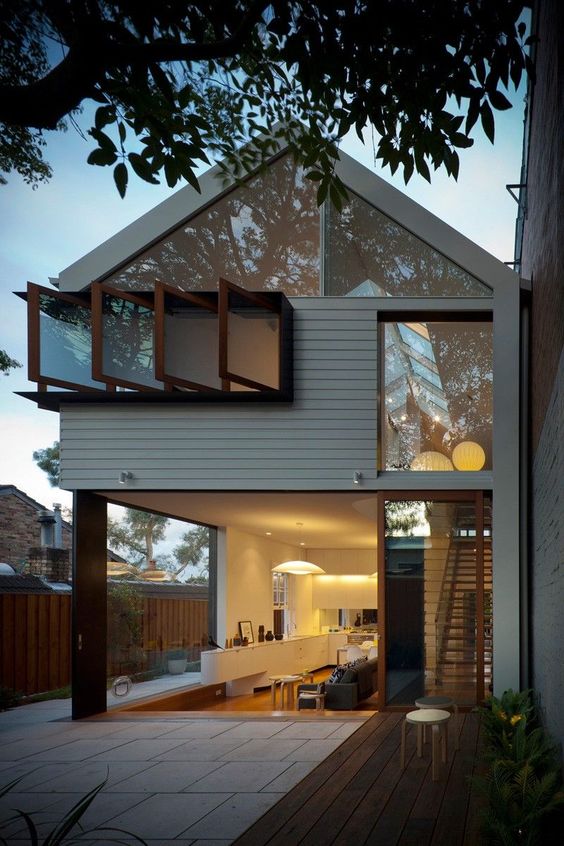How to Build and Maintain a Horse Stable
Horses require specific care, and if you wish to keep your horses happy, you will need to build a proper stable for them to live in. A stable needs to be reliable, functional, and safe to protect your horses from the elements and any other potentially harmful things. When it comes to building a stable, you can either hire professional builders to do the job or build it on your own.
Whether you are planning a new stable or renovating a current one, here are some tips on how to build and maintain a horse stable.
Determine the Size
Although there are different minimum sizes recommended when it comes to horse stables, keep in mind that having extra space to move around inside will always be appreciated by your horse. Therefore, if you have space and resources, you should add extra space for your horse to be able to move freely and lie down comfortably without feeling confined.
On average, a stall’s size can range from 10 feet by 10 feet to 12 feet by 12 feet for an adequate amount of comfort for an average size horse. However, keep in mind that the size will vary according to different horses’ needs. For instance, the experts at AyrEquestrian explain that a large draft breed will need more space while a pony will need a smaller and shorter standing stall. The walls need to be low for proper ventilation and so that the horses can see each other and high enough that they are kept safely inside the stalls. Stall doors can be either swing or sliding doors, but it is recommended that they are at least 4 feet wide. The alleyways should be wide enough for the horses to pass through when being led comfortably.
Moreover, when designing a stable, it is recommended that you take into consideration the space needed for equipment storage and a feeding stall, as well as a grooming area and other amenities such as food, water, and electricity.
Select the Building Materials
Most stables are built out of wood; however, you should consider using a steel or stone framework to enhance stability. Pressure-treated lumber is also a good option that will last a long time; however, be aware of cedar as it has oils that horses tend to chew on. For flooring, concrete, and other hard flooring materials are commonly used as they are easy to disinfect and hose down during cleaning, but they can be hard on horses’ legs. Consider using rubber stall mats to provide more comfort for your horses if you opt for hard floors. On the other hand, if you decide to go with sandy soil and skip solid flooring, keep in mind that while this is warmer and easier on horses’ legs, it will be harder to clean and maintain.
Install Windows for Natural Lighting and Ventilation
Having windows in your horse stable is a great solution for good ventilation and lighting, so install as many as is possible in your stable. In the long-run, windows that can be swung open work better than sliding windows as they do not accumulate as much dirt. During cleaning time, open the windows to allow more ventilation and fill your stable with fresh air. Well-ventilated stables are far healthier environments for horses and are a more pleasant place to live.
Determine the Electricity Setup
You should install all lights and handle all wiring with safety as a priority. Wiring should be moisture-proof, and rodent proof as both can be a problem in stables. Light bulbs should be safely caged and put in places where the horses cannot reach them. The same applies to switch placings to avoid problems caused by curious horses. There should be shadowy areas in the stable for the horses to rest with other well-lit places such as work areas and feeding spaces in terms of the lighting setup.
Maintenance Tips
A well-maintained horse stable will be a healthy and comfortable home for your horses. It is important to keep the stable clean with daily scheduled cleaning times using effective cleaning tools and techniques. Most importantly, keep feeding areas and feeding materials clean to minimize food contamination and other possible diseases. Mucking out is necessary to keep the moisture in the stable controlled and maximize your horse stable’s lifespan. Regular minor maintenance is vital to avoid small problems such as loose bolts and exposed nails from escalating into bigger issues.
Horses are beautiful creatures. They are strong, majestic, and expressive. There are so many reasons why people love being around horses, and if you are lucky enough to have your own, you should do everything in your power to give them a good life. Use these tips to provide a loving home and a safe environment for your horses, whether you are building a new stable or updating an old one.

